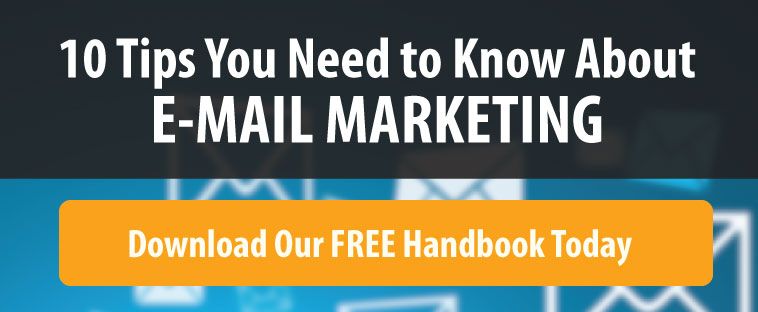In this new age where communication happens pretty much instantaneously, it’s so important to put the right thought and consideration into what you say. It isn’t uncommon for improper email etiquette to make or break someone’s personal and professional reputation. There is always a temptation to just hit reply and type out whatever comes to your mind. However, this usually does more harm than good. A well-structured, concise email can speak volumes on behalf of an individual and their company. That’s why you need to know what exactly constitutes appropriate email etiquette for businesses and professionals.
The Basics of Email Etiquette
Filling Out the Fields
The first step in crafting your email is filling out the forms outlining who the email is being sent to and who the sender is. Formally type out your contact’s name in the field marked “TO” and do the same for your name in the “FROM” field. Never use all lower case or upper case letters, it’s unprofessional.
Carbon Copying
As for the carbon copy options, only use “Cc” when your email involves a group of people who know each other, are involved in that same discussion, and have no problem discussing it with one another. On the other hand, only use “Bcc” for contacts who are not personally acquainted. Lastly, use the “Reply All” option if everyone on the email must know the information you are sending. Otherwise, some might not take your input as seriously.
Getting Down the Subject Line
The subject line is so important because it serves as a first impression for your email. Sometimes, it’s even the deciding factor on whether or not it even gets opened. Always make sure your subject is short, to the point, and accurately summarizes the email’s contents.
Typos and all caps/ lower case make your email seem unprofessional. Some might even think its spam. If you want your email to be opened, the subject line has to be right.
The Body of the Email
Attachments
Never send someone attachments unless they specifically ask for it. Also, when you do send one, you state it in the email. If they are necessary, try to send a maximum of two, at a reasonable size, and always label them accordingly.
Addressing Your Contact
In the body of the email, when addressing your new contact, always be sure to use the highest level of courtesy. Use titles like Mr., Ms., and Dr.. Until they tell you to call them something else, this is how you should always be addressing them. Later on, you can modify your tone by picking up clues on their decorum they use with you.
Tone
Treat your business emails like they are a representation of your company. Until time and relationship dictates your tone, always use the utmost level of formality. Your text should be in black, with standard fonts, and never abbreviate anything. When you are corresponding with clients, you are speaking on behalf of your business. Before you ever send an email, always give it one last look through and proofread for any misspellings or punctuation errors.
Other Useful Tips
Here are some other things to keep in mind when crafting your next professional email:
- Never just reply and begin typing. Go back to edit your previous replies and take out all of the unnecessary parts of your email that aren’t relevant to your response. This includes headers and signatures.
- Your email signature should always be less than 5 or 6 lines. Otherwise, it just comes off as excessive and it takes up a lot of space.
- Don’t let too much time pass between correspondences with clients. Respond to people promptly so you and your company don’t seem like uncaring or disorganized.





